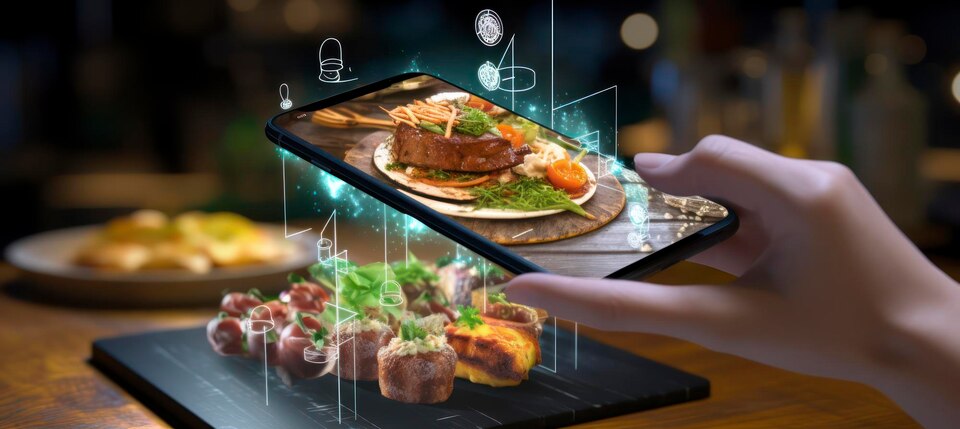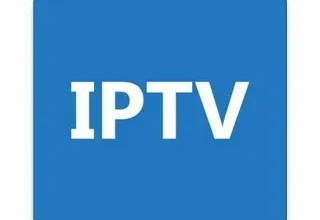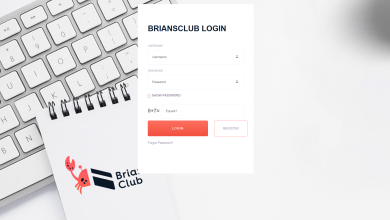Introduction
The food delivery sector has seen tremendous transition in recent years, owing primarily to technological improvements. The emergence of food delivery apps has transformed how we order and consume our favorite meals. Cloud computing is essential in the creation and maintenance of these applications, allowing them to deliver smooth and efficient services to customers and eateries. This blog article examines the influence of cloud computing on food delivery app, outlining the advantages and disadvantages of this dynamic connection.
I. Cloud Computing: A Game Changer for Food Delivery Apps
1. Scalability and Flexibility
Scalability is one of the key benefits of cloud computing in the context of food delivery apps. Food delivery systems frequently see varying demand throughout the day, with peak hours being between lunch and evening. Cloud computing enables these apps to dynamically assign and expand computer resources, allowing them to accommodate surges in orders without sacrificing performance. This adaptability assures a consistent user experience and enables app owners to save infrastructure costs by only paying for the resources they utilize.
2. Cost-Efficiency
Traditional IT infrastructure may be costly to establish and maintain. Food delivery software developers may considerably cut their capital investment by embracing cloud services. Cloud providers use a pay-as-you-go approach, so app operators only pay for the resources they use. This cost-effective method allows startups and established industry players to focus their resources on improving their services rather than investing in expensive hardware and data centers.
3. Geographic Expansion
Without the need to establish physical data centers in each place, cloud computing enables food delivery applications to spread their services to new countries and markets. Apps may swiftly launch in new places and reach a larger consumer base by using cloud providers’ worldwide network of data centers. This allows food delivery services to enter developing regions, enhancing their income potential.
II. Real-Time Data Processing and Analytics
1. Order Tracking
The capability of a food delivery app, and the associated delivery app builder, to offer real-time order monitoring to clients is pivotal to their success. Leveraging cloud computing, these apps can efficiently process and analyze order data as it’s generated, enabling users to seamlessly track their orders from the moment they are placed until they arrive at their doorstep. This real-time tracking not only enhances the overall user experience but also contributes to heightened order accuracy while reducing the volume of support inquiries.
2. Data Analytics for Personalization
Cloud-based data analytics solutions are critical for gathering and analyzing user data in order to improve food delivery service customisation. These applications can use cloud resources to collect data about client preferences, order history, and location in order to provide targeted suggestions, discounts, and promotions. This level of customisation promotes user engagement and develops customer loyalty, which contributes to the platform’s overall success.
III. Enhanced Security and Data Protection
1. Data Encryption and Compliance
Security is a significant priority in the food delivery sector, especially when dealing with sensitive information like payment information and personal information. Cloud providers include comprehensive security features such as data encryption, identity and access control, and PCI DSS compliance certifications. These features may be used by food delivery applications to safeguard customer data and comply with regulatory obligations.
2. Disaster Recovery and Backup
Cloud computing also offers a solid foundation for disaster recovery and data backup. Food delivery applications can quickly recover their data and operations from cloud backups in the case of unanticipated disruptions, such as server breakdowns or natural catastrophes. This assures little downtime and data loss, improving the platform’s overall dependability.
IV. AI and Machine Learning Integration
1. Route Optimization
The integration of artificial intelligence (AI) and machine learning (ML) algorithms in food delivery applications relies heavily on cloud computing. Route optimization algorithms powered by AI assist delivery drivers in finding the most effective and time-saving routes to deliver items. Cloud resources are required for real-time processing of massive volumes of data in order to assure optimal delivery routes while minimizing delivery times and operating costs.
2. Demand Forecasting
AI and ML models are used to forecast order demand, allowing food delivery companies to better manage their resources. Cloud computing offers the computational capacity required to train and deploy these models, allowing applications to effectively dispatch drivers and kitchen staff during peak hours while minimizing operating expenses during off-peak hours.
V. Challenges and Considerations
1. Data Privacy Concerns
Food delivery applications must handle privacy concerns as they gather and analyze enormous quantities of customer data. Storing data on the cloud entails entrusting sensitive information to third-party providers, which can pose a security risk if not managed appropriately. To secure client information, app developers must adopt stringent data privacy and security procedures.
2. Reliability and Downtime
Cloud companies, although providing high availability and redundancy, are not immune to failures. Food delivery applications must have backup procedures in place to deal with cloud service failures, ensuring that their services are not disrupted.
3. Cost Management
While cloud computing might be cost-effective, food delivery service providers must constantly manage their cloud utilization. Unexpected expenses might emerge from failing to optimize resource allocation. Apps must review their cloud expenditures on a regular basis and make modifications to stay inside budget.
VI. Cloud Computing and Customer Experience
- User-Friendly Interfaces: Food delivery applications may now provide user-friendly interfaces with rapid load times, easy navigation, and responsive design thanks to cloud computing. Users can navigate menus, personalize items, and make payments without latency or disruptions. This improves the entire user experience and encourages return visits.
- Mobile App Accessibility: Cloud-based solutions enable cross-platform accessibility, allowing food delivery applications to be accessed via a variety of devices, including smartphones and tablets. This accessibility broadens the user base and assures that clients may order their favorite dishes at any time and from any location.
- Customer Support and Feedback: Cloud-based customer support technologies enable food delivery applications to easily manage consumer questions. Chatbots, artificial intelligence-powered help, and email response systems may all be smoothly incorporated into the cloud architecture. Collecting customer comments and ratings becomes more simple as well, offering useful data for enhancing service quality.
VII. Supply Chain Management
- Inventory and Order Management: Cloud-based solutions aid in the efficient management of inventories and orders. Restaurant partners may instantly change their menus, pricing, and item availability, ensuring that consumers receive updated information. Furthermore, the cloud enables efficient order routing to the nearest restaurant, cutting delivery times and costs.
- Data Sharing and Collaboration: Cloud computing enables real-time data exchange and cooperation across food delivery ecosystem players such as restaurants, delivery drivers, and app operators. This promotes smooth communication, lowers mistakes, and increases the overall supply chain efficiency.
VIII. Regulatory Compliance and Security
- Regulatory Challenges: Food delivery apps are frequently required to comply with a variety of municipal, regional, and international standards including food safety, data privacy, and taxation. Cloud providers help with these difficulties by providing compliance certifications and tools to help apps comply with regulatory standards.
- Secure Payment Processing: For food delivery applications, which handle a large number of financial transactions, cloud-based payment processing is vital. To protect client payment information, security mechanisms like tokenization, encryption, and fraud detection can be deployed in the cloud.
IX. The Future of Cloud Computing in Food Delivery App Development
- Edge Computing: Edge computing, a distant relative of cloud computing, is gaining traction in the food delivery sector. It entails processing data at the network’s edge, closer to where it is created. This method is advantageous for real-time applications such as tracking delivery drivers’ positions, boosting responsiveness, and lowering latency.
- Blockchain Technology: Blockchain technology is being investigated as a means of improving transparency in the food delivery supply chain. Food delivery applications may securely manage and access distributed ledgers that track every stage of the supply chain, from ingredient sourcing to final delivery, by utilizing the cloud.
- AI-Driven Chatbots: Chatbots powered by AI and connected with cloud services will continue to improve customer service. Chatbots can handle regular questions, order tracking, and even order placement. In addition, they may adapt and learn from client encounters in order to give more tailored solutions.
Conclusion
The importance of cloud computing on food delivery app development is evident, with the sector being transformed in multiple ways. The cloud is at the vanguard of innovation in this industry, from increasing user experience to improving supply chain management, ensuring regulatory compliance, and adopting future technology. Food delivery applications that fully utilize the power of cloud computing are well-positioned to provide greater services, acquire a competitive advantage, and adapt to the ever-changing demands of consumers and the market. The importance of cloud computing in food delivery, especially in creating food delivery applications, is expected to grow increasingly more crucial as the technological landscape evolves, affecting the future of how we order and enjoy our favorite meals.





